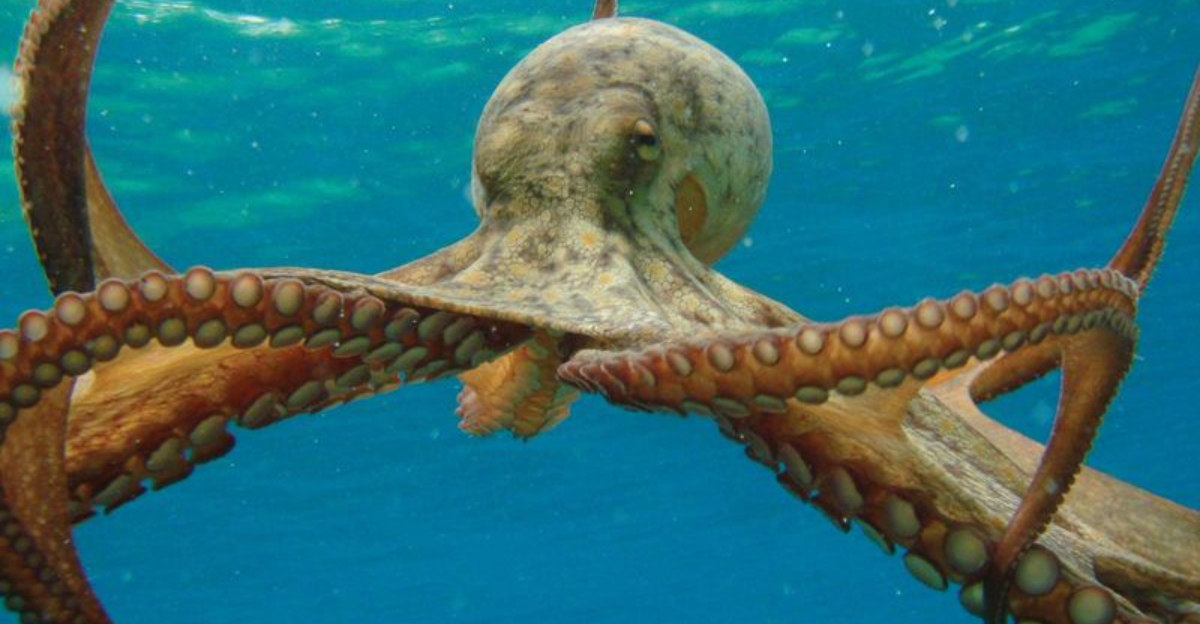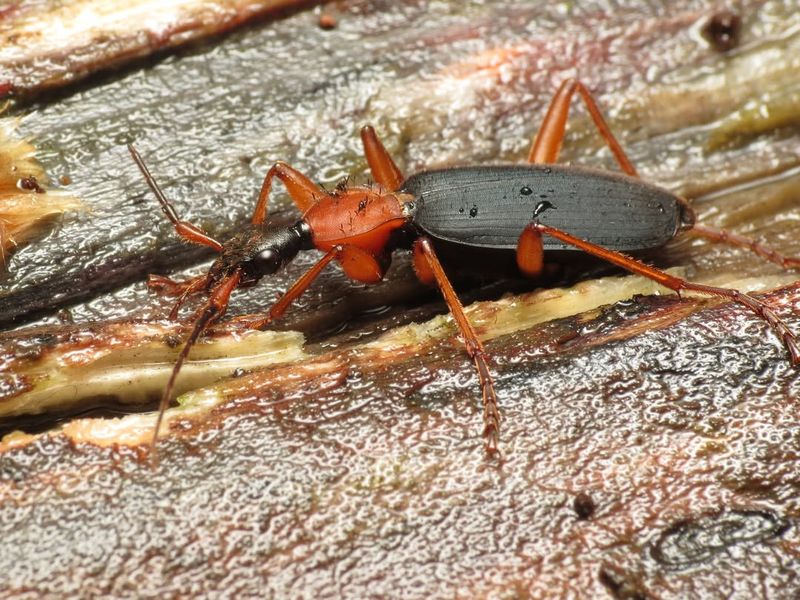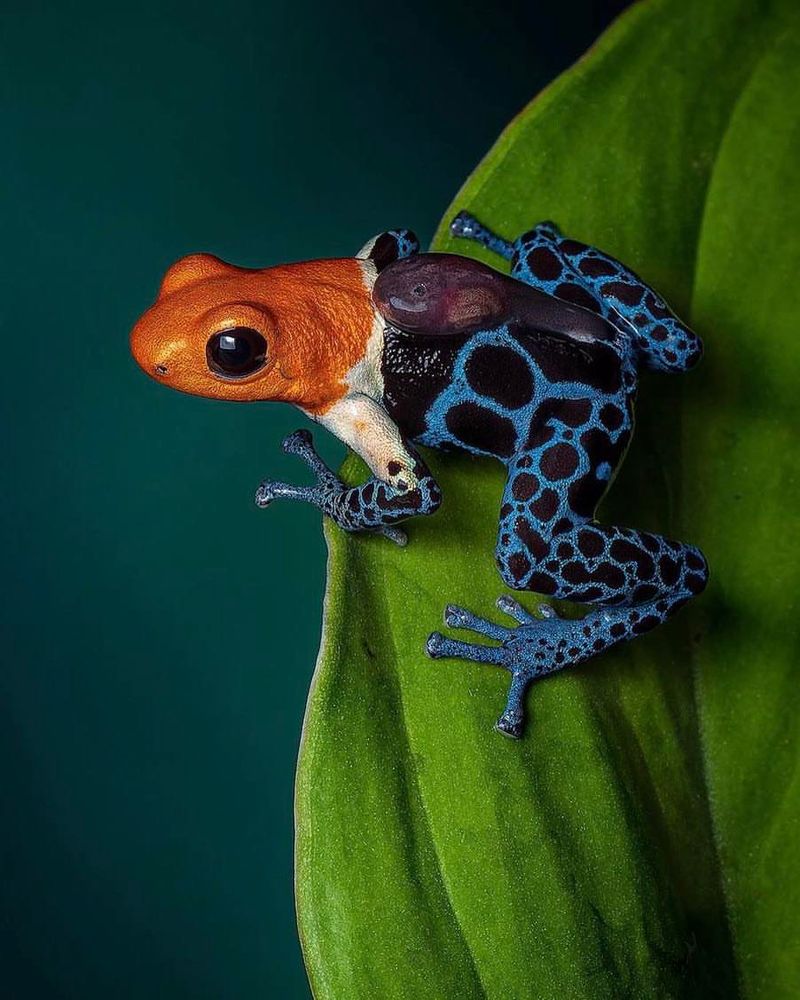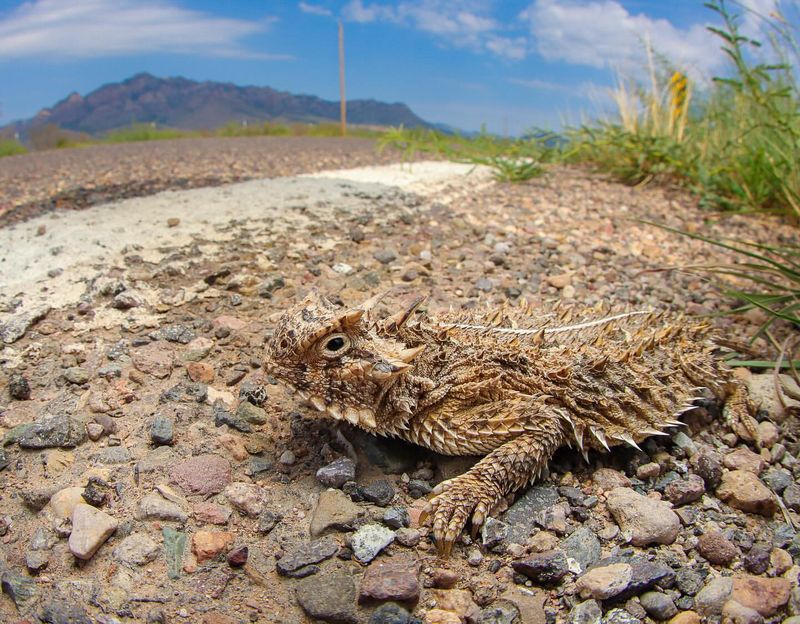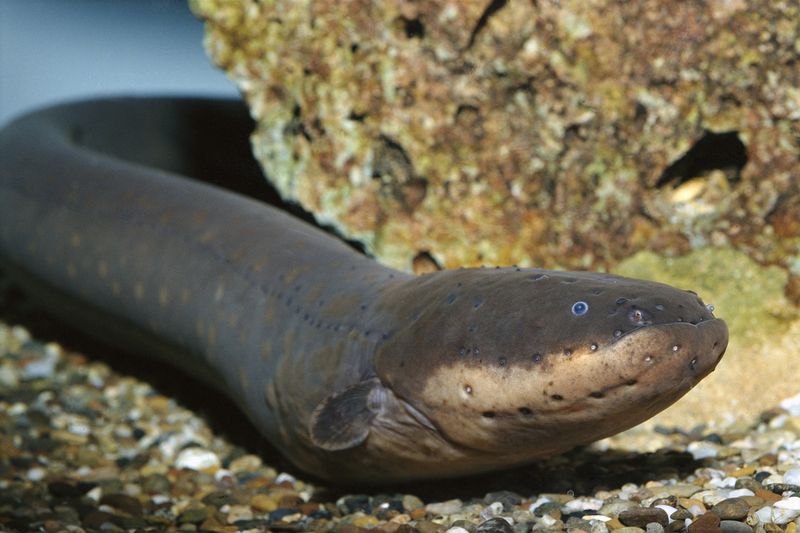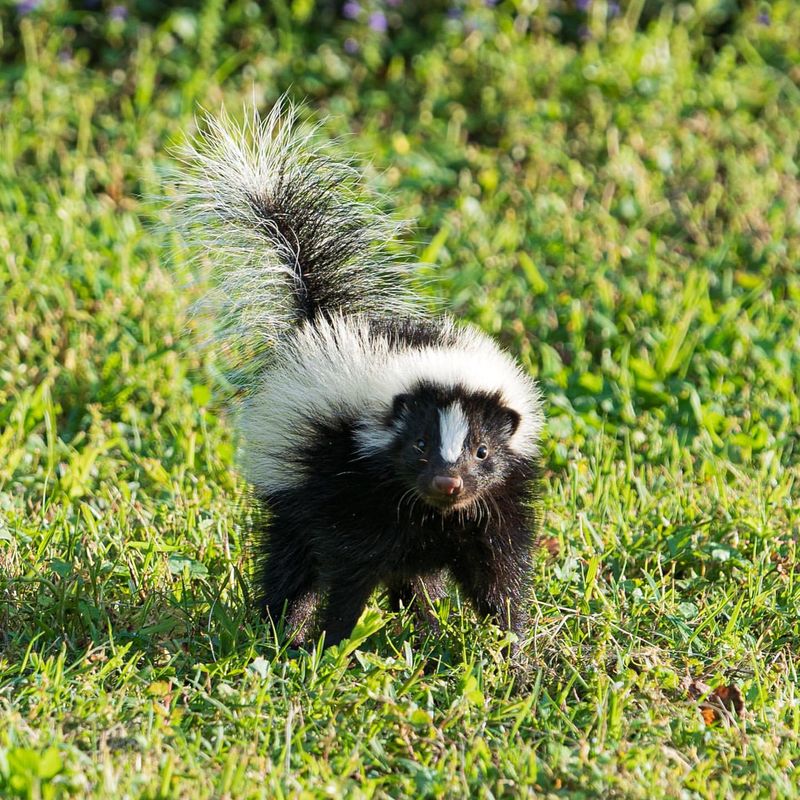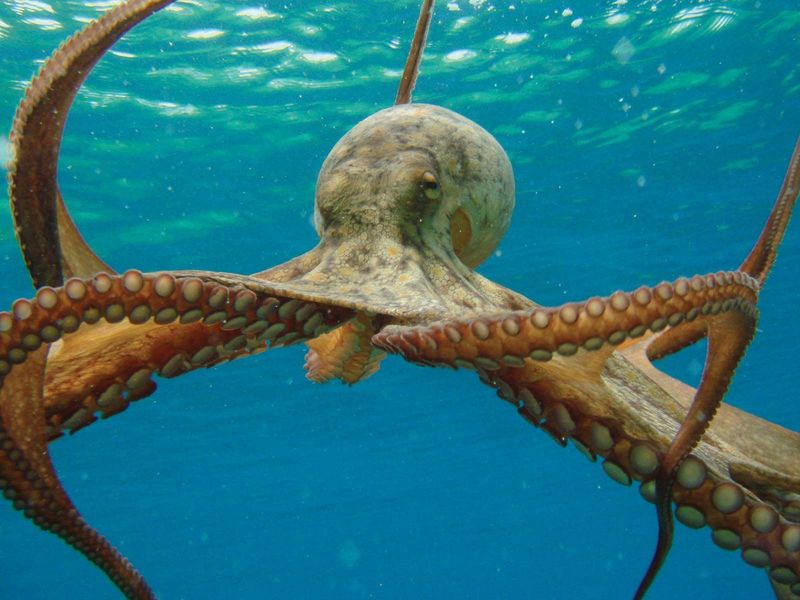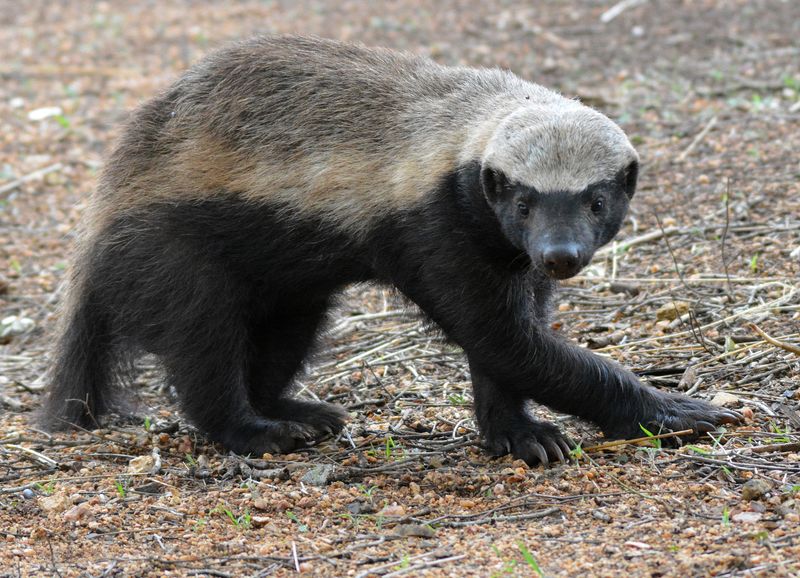📖 Table of Content:
Nature’s creativity knows no bounds, especially when it comes to defense mechanisms that help animals survive in the wild. From physical barriers to biochemical counterattacks, these adaptations are a testament to evolution’s ingenuity. They allow creatures to outsmart predators, turning vulnerability into an advantage.
Some animals rely on intimidating displays or chemical weapons to ward off threats, while others employ stealth or impenetrable armor. These tactics not only ensure survival but also highlight the delicate balance of predator-prey interactions in ecosystems. Each defense mechanism is finely tuned to meet the challenges of a specific environment.
Explore 8 fascinating animals equipped with deadly defense strategies that leave predators thinking twice. Their unique adaptations demonstrate the incredible resilience and resourcefulness found in the natural world, proving that survival is truly an art.
1. Bombardier Beetle
A master chemist of the insect world, the bombardier beetle wields a remarkable defense mechanism. When threatened, it ejects a boiling, noxious chemical spray from its abdomen, reaching temperatures up to 100 degrees Celsius—an effective deterrent against predators.
The beetle’s unique defense mechanism is due to the combination of hydrogen peroxide and hydroquinone in its body. These chemicals mix in a specialized chamber, resulting in a violent reaction. The beetle can precisely aim this spray, ensuring its escape from danger.
These remarkable beetles are found in diverse habitats worldwide, showcasing nature’s innovative survival strategies.
2. Poison Dart Frog
Native to Central and South America, poison dart frogs are known for their bright, warning colors. These vibrant hues serve as a deterrent to potential predators, signaling that they are highly toxic.
Their skin secretes potent alkaloid toxins, which can paralyze or even kill predators. Indigenous tribes have historically used these toxins to poison blow darts for hunting.
Despite their deadly nature, these frogs are harmless when left undisturbed in their natural habitat. Conservation efforts aim to protect these unique amphibians and their environment, ensuring their survival for future generations.
3. Texas Horned Lizard
With a defense tactic unlike any other, the Texas horned lizard can shoot blood from its eyes. This startling behavior confuses predators and provides the lizard with a chance to flee to safety.
The blood is not only disconcerting but also contains a foul-tasting chemical that deters predators from attacking. This evolutionary adaptation is particularly effective against canine predators.
This lizard’s unique ability highlights the diverse range of defense mechanisms seen in the animal kingdom. Found in arid regions of the United States, the Texas horned lizard is a testament to survival against all odds.
4. Pufferfish
Famous for their unique defense mechanism, pufferfish inflate themselves into a spiky, balloon-like shape when threatened. By rapidly gulping water, they create a daunting appearance that effectively deters predators.
This defense is combined with a potent toxin called tetrodotoxin, found in their skin and organs, which is lethal to many marine creatures.
The combination of inflation and toxicity makes the pufferfish a formidable opponent in the ocean. Although they appear comical, these fish are not to be trifled with, as their defense mechanisms are a lethal deterrent to would-be attackers.
5. Electric Eel
Harnessing the power of electricity, the electric eel defends itself and hunts with shocks of up to 600 volts. This remarkable ability allows it to stun prey or deter predators with precision and efficiency.
These eels inhabit the rivers of South America and use specialized cells called electrocytes to produce electricity. This ability allows them to navigate and hunt in dark, murky waters.
The electric eel’s shocking prowess is not only a defense but also a means of communication. Their electrifying capabilities exemplify the diverse and innovative adaptations of aquatic life.
6. Skunk
Infamous for its potent defense, the skunk wards off predators with a malodorous spray. This noxious liquid, expelled from glands beneath its tail, can be accurately aimed and reach distances of several feet, ensuring a wide berth from would-be threats.
Skunks exhibit warning behaviors like stomping before spraying, giving potential threats a chance to retreat. The spray’s lingering stench ensures predators remember this lesson.
Found in North and South America, skunks utilize this chemical defense to great effect, ensuring their safety. Though often seen as a nuisance, these creatures play essential roles in their ecosystems, balancing insect and rodent populations.
7. Octopus
Octopuses are masters of disguise and escape. When threatened, they release a dark ink cloud to obscure vision and confuse predators.
Their ability to change skin color helps them blend into their surroundings, making them nearly invisible. This camouflage, combined with the ink, allows for quick getaways.
These intelligent creatures’ defense tactics highlight the ingenuity of marine life. Found in oceans worldwide, octopuses rely on both stealth and speed to evade threats, showcasing the art of survival in the sea.
8. Honey Badger
Renowned for its fearless nature and remarkable tenacity, the honey badger is a formidable survivor. Its thick skin and powerful jaws allow it to endure attacks from larger predators, earning it a reputation as one of the toughest animals in the wild.
This tenacious mammal can fend off lions and hyenas, showcasing its formidable defense skills. Its loose skin allows it to twist and turn, escaping predators’ grips.
Honey badgers use their sharp claws and teeth to great effect, defending themselves fiercely. Found in Africa and parts of Asia, they embody the spirit of resilience, earning their reputation as one of the toughest animals in the wild.
